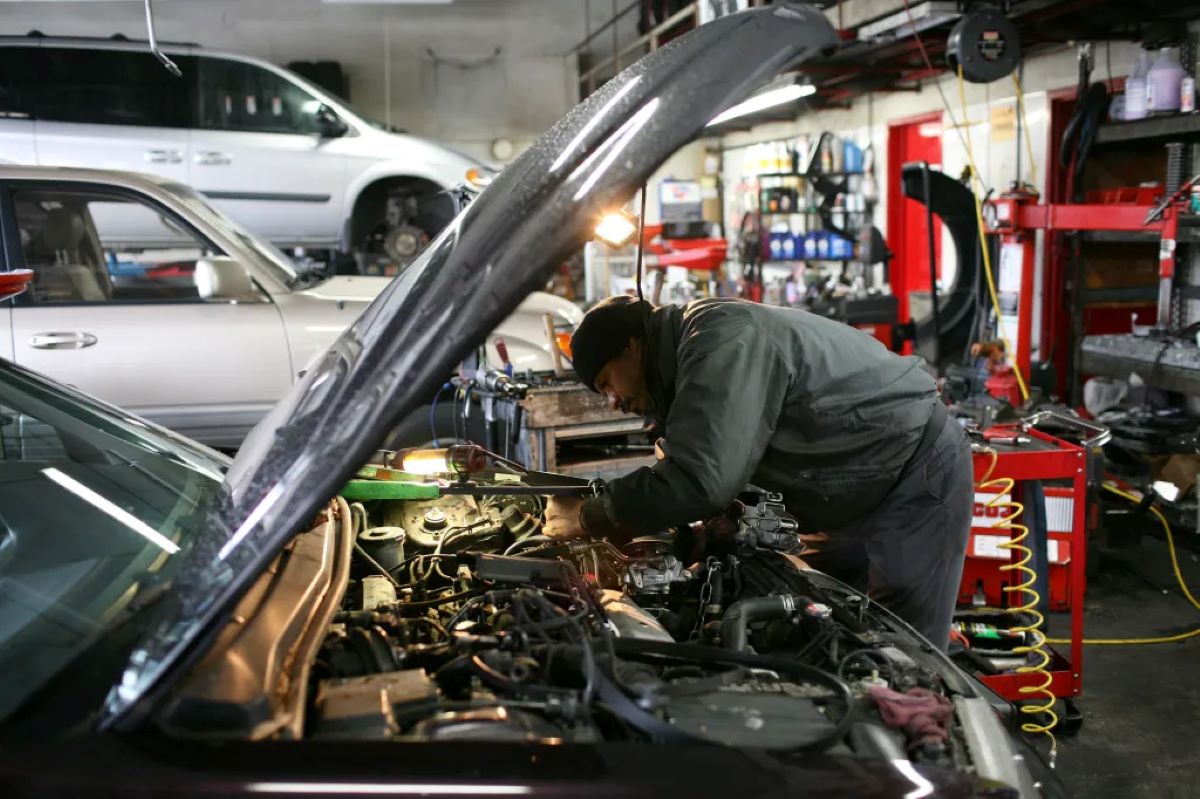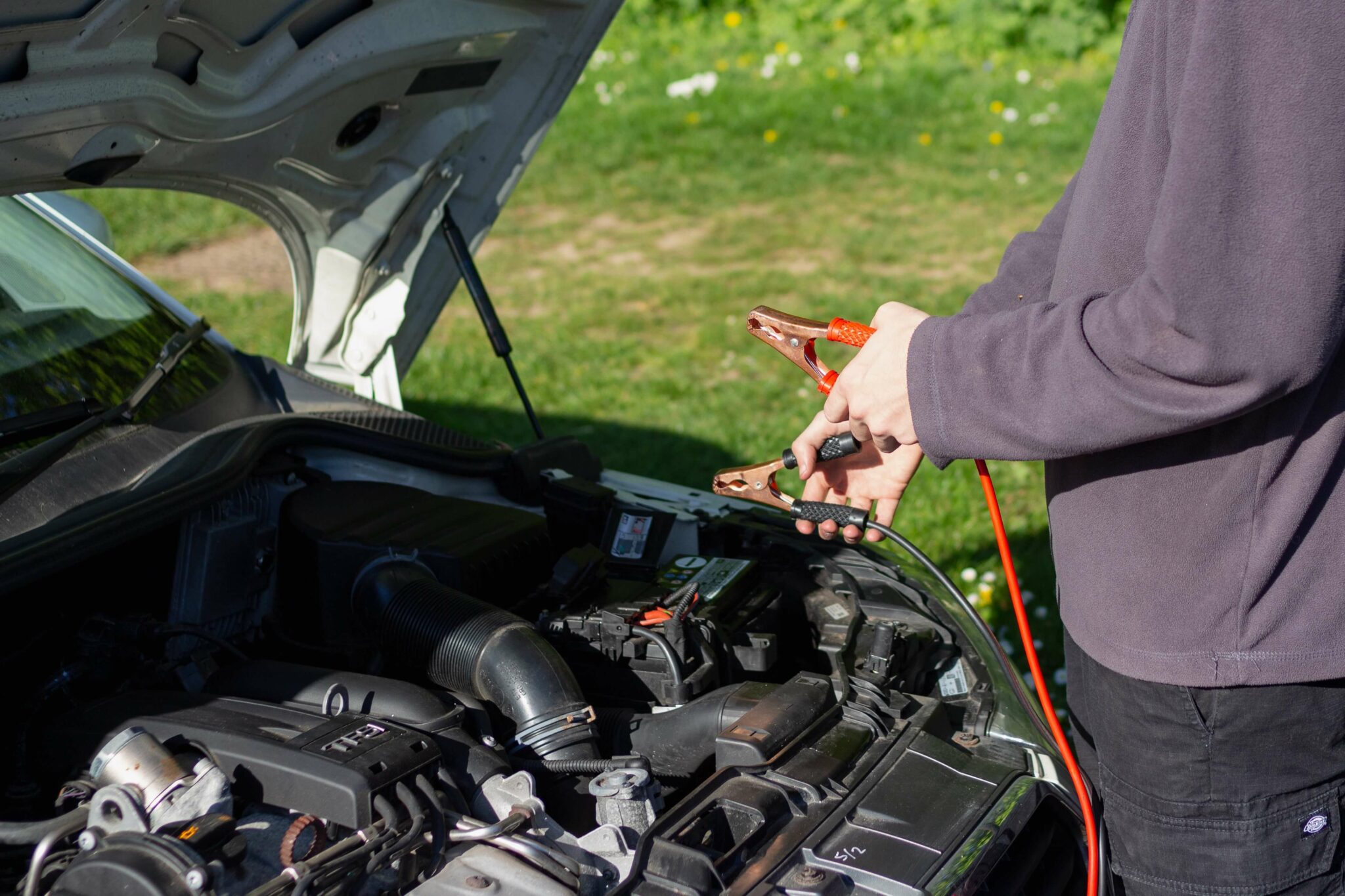Technology isn’t universally beneficial for everyone or everything. One of the more negative consequences of technological advancements and increased connectivity is social media.
With billions of people worldwide consuming content as if it were the most delicious meal ever, there’s a growing risk of misinformation being accepted as absolute truth.
The decline in attention spans and reduced critical thinking skills are causing challenges for both governments and corporations.
Many people either lack the time to conduct proper research or simply refuse to look beyond a headline or a Facebook post.
As a result, businesses must adjust to new communication methods and stay on top of online trends unless they’re willing to spend millions on advertising through these platforms.
Even Tesla, a company known for resisting traditional advertising, has begun paying digital giants to promote its campaigns and boost its online presence.
However, here’s the twist: the same technological progress that may be negatively affecting communities is also influencing the latest vehicles that automakers are rolling out.
General Motors aims to phase out CarPlay and Android Auto to lock in digital product profits across its brands.
Rivian is offering software-limited high-voltage batteries and has no plans to support CarPlay or Android Auto anytime soon. BMW operates a digital marketplace where customers can purchase upgrades including suspension tweaks.
Hyundai has even developed an all-electric crossover SUV that mimics the performance of a gas-powered sports car.
Need an eye exam?
Now, take a look at car design. The Cybertruck and BMW’s XM (not to be confused with Citroën’s) are prime examples.
No one truly needs such bizarre-looking and excessively powerful vehicles, yet the manufacturers still produced them. They anticipated that consumers would buy them in large numbers, generating significant profits in the process.
Tesla is currently experiencing a minor but temporary success with the Cybertruck, which has an edgy, unconventional design. Meanwhile, BMW is reportedly considering discontinuing the oversized and angular XM.
It’s also likely that Tesla will modify the Cybertruck based on feedback from early adopters, making necessary design and functional improvements over time.
One might argue that vehicle design isn’t necessarily driven by social media trends or by what wealthy buyers (or those willing to finance for years) might want.
However, the software integrated into modern cars clearly indicates that automakers are paying close attention. Cars now come equipped with built-in TikTok (Mercedes-Benz) and ChatGPT (Volkswagen).
But why? Why should so much data pass through a vehicle meant for commuting or weekend getaways? After all, everyone already carries a smartphone.
Automakers’ limitless imagination
Despite all this, automakers are demonstrating more creativity and boldness than one might expect.
Patents provide insight into what car brands envision when they aren’t preoccupied with recalls, excess inventory, or investor concerns.
For instance, Bentley once applied for a patent detailing a convertible (a 2007 Continental GTC) equipped with an integrated drone.
With the press of a button, the drone could be deployed to locate the vehicle in a crowded parking lot or scan the surrounding area.
Polestar went even further and actually built a prototype. The O2 concept housed a flying camera behind the rear seats, designed to function as an aerial cameraman for capturing memorable driving moments. However, this feature never made it to production.
Ford has also explored unconventional ideas, such as self-repossessing vehicles, while Toyota proposed a steering wheel with an adjustable diameter.
This concept involved an outer rim that could inflate, providing drivers with enhanced tactile feedback when using advanced assistance systems.
That said, automakers don’t necessarily intend to bring these concepts to market. Rather, they secure patents to ensure they have the option to do so if a suitable opportunity arises.
Regulation and misinformation
Regulatory bodies, however, have no reservations about imposing changes on companies and consumers alike. In the European Union, all new cars now feature a speed warning system. While this may be annoying, it simply notifies drivers when they exceed the speed limit.

Nonetheless, some internet users spread exaggerated claims, suggesting that the EU would begin wirelessly monitoring all vehicles and automatically issuing fines for even minor speed infractions. Predictably, this was nothing more than a social media-fueled hoax.
What is true, however, is that certain manufacturers are leveraging technology to extract more revenue from customers.
John Deere serves as a prime example. Its farming equipment was already costly and widely recognized, but the company found new ways to increase profits.
It restricted access to repair manuals, created specialized tools, and limited the number of authorized technicians. Aspiring John Deere-certified mechanics had to pay for the privilege of servicing equipment in designated areas.
Winning the right to repair John Deere machinery became such a significant issue that it was featured among the top five most important automotive stories of 2023.
A concerned professional
You might assume that I hold a pessimistic view of progress. I understand why one could think that, but I actually appreciate technological advancements.
The exceptions? Large language models (LLMs) generating artwork from text prompts and software that creates videos from scratch.
Deepfakes, in particular, pose a serious threat, especially as younger generations increasingly turn to social media for search queries instead of using Google.
I’m not alone in these concerns about the automotive industry. A previous article about a well-known mechanic abandoning repairs on American cars sparked heated discussions online.
Some people struggled to accept the reality that rising software costs and specialized tools made it financially unfeasible for his business to continue servicing certain vehicles.
Another downside of these technological shifts is insurance. Vehicles are becoming more expensive, repairs cost more than ever, and parts are harder to find. Insurers are adapting accordingly.
Tesla, for instance, offers lower insurance premiums based on driver monitoring. However, driving between 11 PM and 4 AM results in higher rates.
Why anyone would willingly accept that remains a mystery, but individuals are free to make their own choices.
Recently, a self-proclaimed “automotive industry professional” shared his perspective in an online community for mechanics and car enthusiasts.
He advises friends and family to purchase pre-2012 vehicles. While helping his mother find a convertible, he specifically searches for low-mileage models built before 2008.
His industry experience has led him to believe that modern cars are not designed for long-term reliability.
Having worked on numerous newer models, he argues that today’s vehicles are overly complex, making even basic repairs a hassle. Many aftermarket companies refuse to produce parts for certain models due to uncertain demand.
He also criticizes the overuse of electronics, including cameras, sensors, chips, and radar systems. Additionally, VIN-locked components requiring programming contribute to increased maintenance costs.
According to him, automakers are making a strategic error by prioritizing short-term profits over fuel-efficient, durable vehicles.
With inflation and rising new car prices, more people are choosing to hold onto older cars. This trend could eventually lead to a generation that deprioritizes car ownership altogether.
With personal transportation becoming less affordable, fewer vehicles might be seen on North American roads. Ridesharing and delivery services are already fueling this shift.
The engineer notes that younger family members living in cities rely less on driving. Some don’t even possess a license, as they can conveniently order everything via apps, travel by air, or use modern public transit where available.
Whether this professional’s perspective is accurate is up for debate. However, it’s undeniable that automakers are constantly shifting between investing in electric vehicles and extending the lifespan of internal combustion engines.
Meanwhile, emissions regulations are forcing manufacturers to hybridize their lineups. Even BMW’s highly regarded B58 engine has encountered costly issues due to these changes.
Some brands are downsizing while promising that the small high-voltage batteries in high-performance plug-in hybrids such as the C63 S E Performance will endure. Yet, battery degradation is inevitable.
Historically, automakers introduced new technology in luxury models before refining it for mainstream vehicles. Today, even entry-level brands feature complex, tech-heavy designs. The idea of paying a fee just to open a car door no longer seems far-fetched.
Perhaps in the future, robotaxis will dominate, personal vehicle ownership will decline, and only a handful of automakers will produce the latest transport pods.

